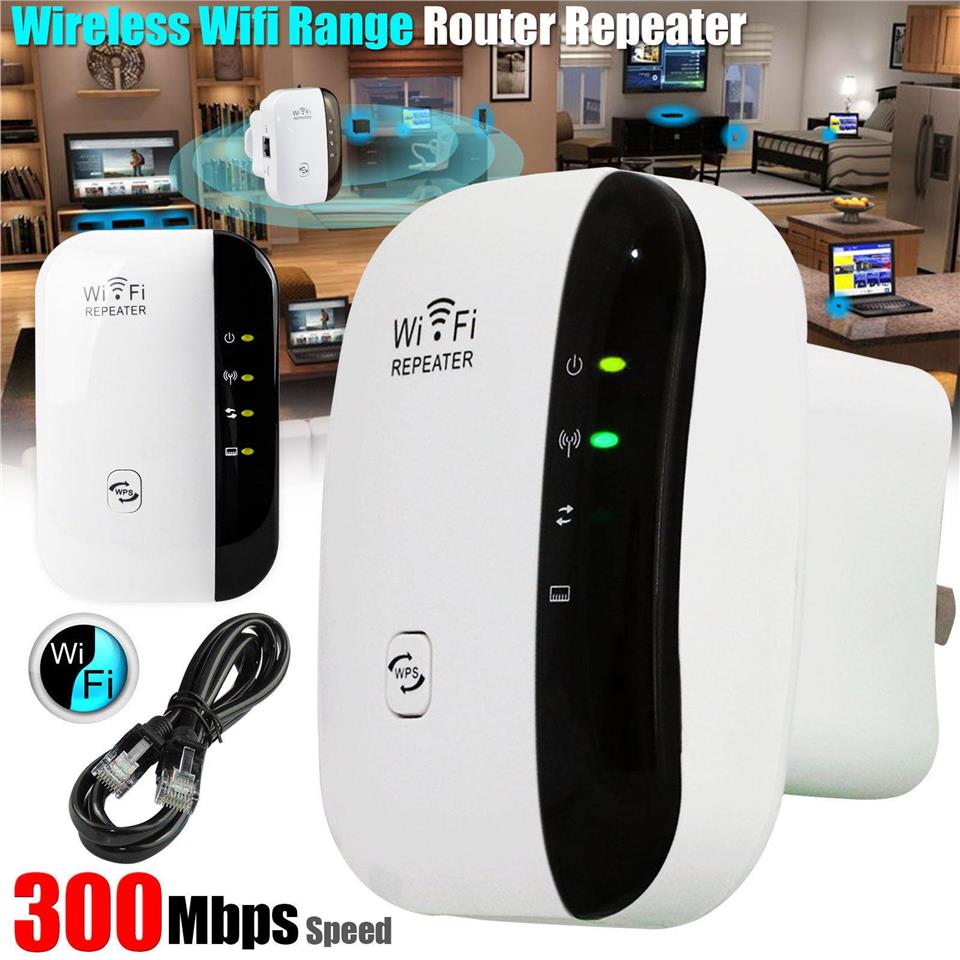

Keep working at it until they’re all attached to the reflector. When you get one nub in place, another is likely to pop out. Try not to bend the nubs or you will make things more difficult for yourself. Now move onto the other nubs and slits, gently pushing them through.It’s also a good idea to loosen up these holes ahead of time so that the extender doesn’t fall apart when you try to force it onto the antenna.

You may want to push your pen through the “+” slits on the circular cutouts to help hold things in place. I’m not certain but I think this helps prevent wrinkles and bubbles in the foil. The foil on the reflector panel should be facing outward, away from the focal point. Start by pushing the center nubs through the center slits on the reflector panel. Try to make it a gentle curve and not a hard angle. Bend the circular cutout in half so that the two “+” slits are directly over each other. Place the foil side down and use your scissors or knife to go over those horizontal slits again so they are in the foil as well.Then cut the foil to match the shape of the cardboard.

Place a sheet of aluminum foil on top of the fresh glue and press firmly. Keep the glue out of the slits but close to the edges.

This can be a pain with scissors so if you have a pocket or X-Acto knife, it will come in handy here. Remember to cut slits on the round piece where you see the “+” sign, and the six slits on the reflector. I didn’t so I just printed it onto regular paper, cut out the template, and glued that to some cardboard from a box of soda. You can print the templates directly onto card stock if you have a printer and the material available.You might find it useful to have some sort of clamp to hold things together while the glue dries or while you trace the cutouts. Scissors – An X-Acto knife or something similar-I used a pocket knife-might also come in handy.Card stock or cardboard (I used old cereal and soda boxes from my recycling bin).To get started, you’ll need the following tools and materials: It was the smaller of the two designs and, to me, the better looking. With all the materials in hand, you can make either of these extenders in about 20 minutes. You can scale up or scale down the cutouts as needed. To keep things simple we printed both onto plain A4-sized paper using the default size. The antenna designsīoth of the antenna designs we use come from. This is useful if you have a room in your house where the wi-fi doesn’t quite reach, or if you own a small business with open wi-fi and you want to direct the signal away from moochers in a nearby apartment complex. This means your wi-fi will get stronger in one direction but weaker in the opposite direction. They both use parabolic reflectors to direct radio waves in one direction. In this tutorial, I will build and test two popular designs for DIY wi-fi extenders. See also: 10 ways to increase your wifi signal strength and range. Many wi-fi extenders and repeaters are available online, but if you want to save some cash, you can make your own with a few household materials and tools that you probably have on hand. They can be used to extend the range of your wi-fi or to boost signal strength. A wi-fi extender is a simple device that boosts the strength of the signal coming from your wireless router.


 0 kommentar(er)
0 kommentar(er)
